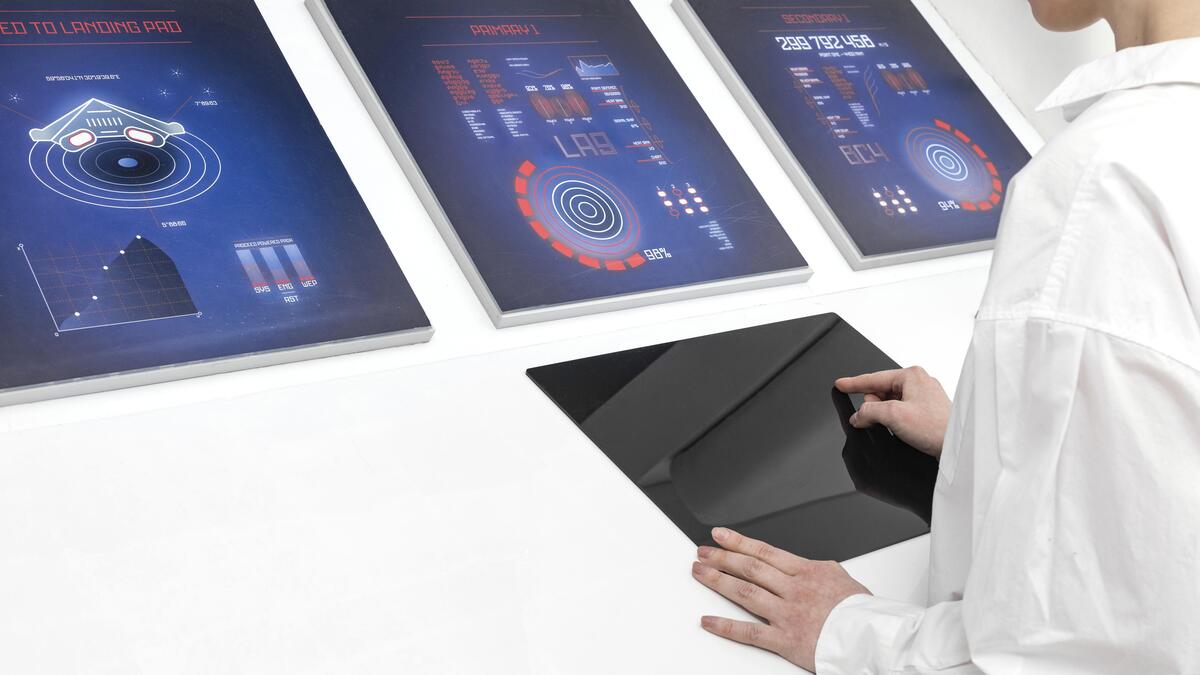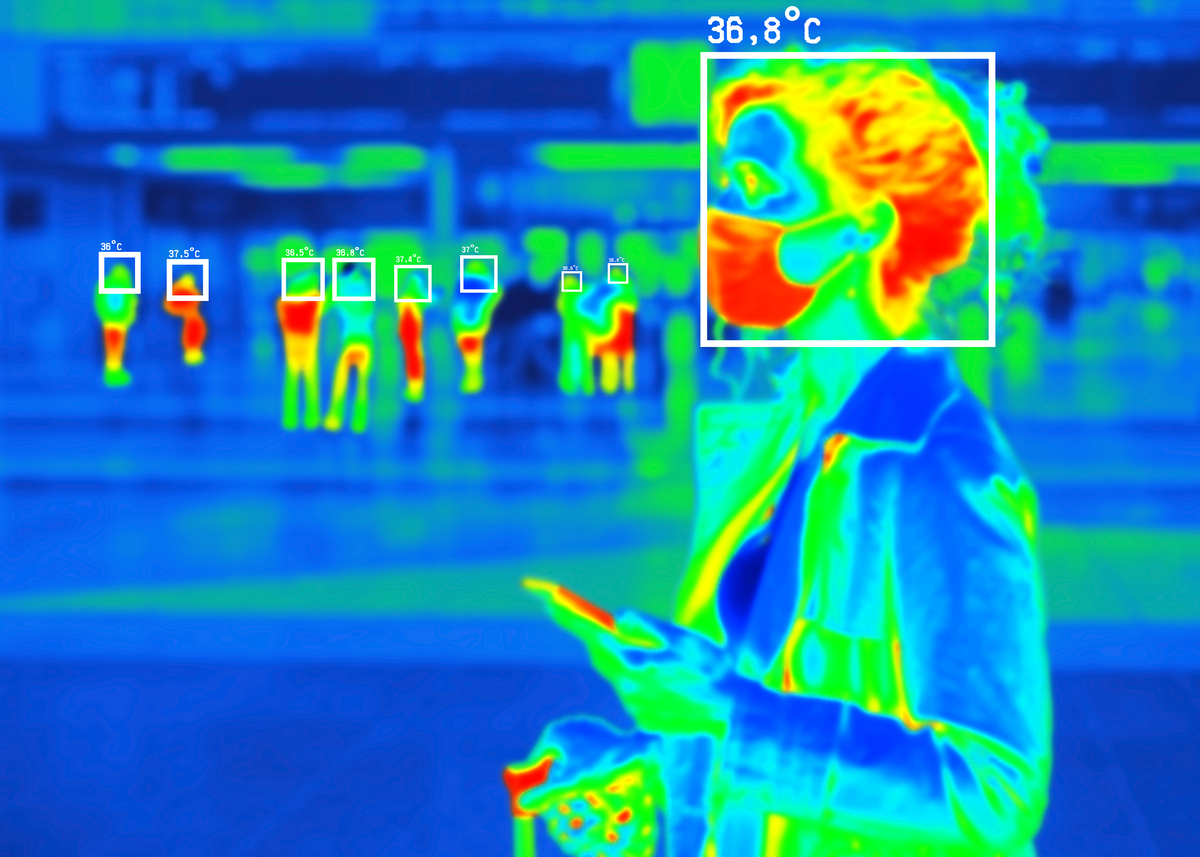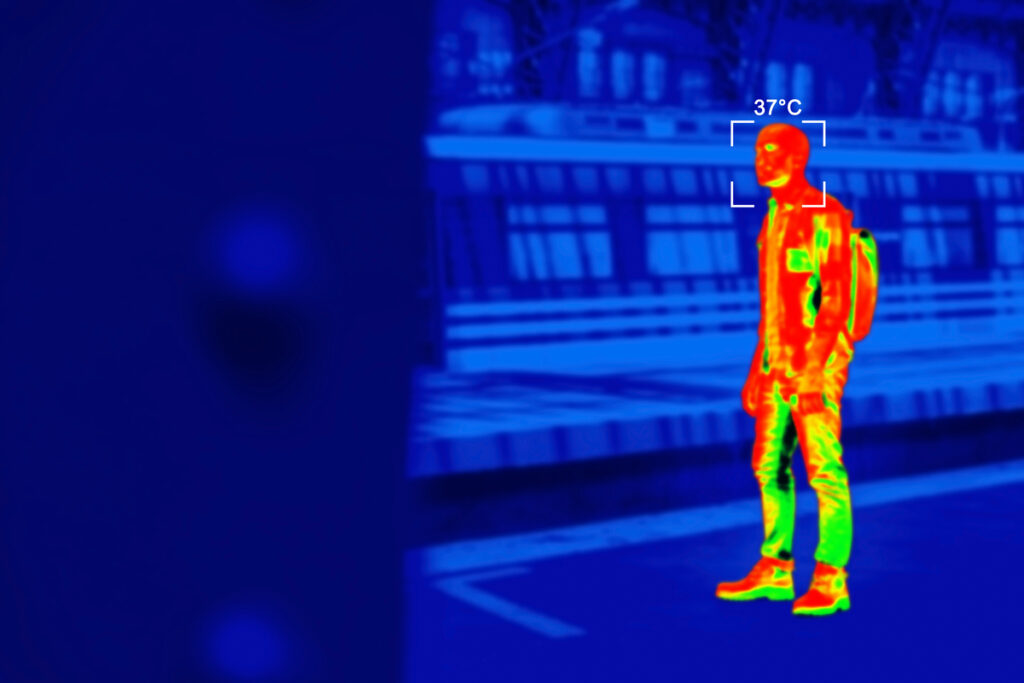The Smart Readiness Indicator (SRI) for buildings was introduced in 2018 by the Directive amending the Energy Performance of Buildings Directive. The first Smart Readiness Indicator version has been available since Autumn 2020, following the rigorous development and wide stakeholder consultation activities of the two SRI technical support studies contracted by the European Commission’s (EC) Directorate General for Energy (DG ENER).
Additionally, on January 10, 2021, the so-called SRI legal acts (EU rules) were enacted throughout all of the EU’s member states. Since the Smart Readiness Indicator (SRI) is a voluntary program by design, it is now up to the Member States of the European Union to determine how to implement it at the national level and only after going through a national testing exercise without any commitment.
By creating a Smart Readiness Indicator (SRI) for buildings, the 2018 amendment of the European Energy Performance of Buildings Directive (EPBD) seeks to advance smart building technologies. This metric will make it possible to rate a building’s “Smart readiness,” or its capacity to adjust its operations to suit the needs of its occupants while maximizing overall performance and energy efficiency, as well as to adjust its operations in response to grid signals (energy flexibility).
The smart ready indicator should increase occupants’ and building owners’ understanding of the benefits of electronic building system monitoring and building automation, as well as instill occupant faith in the real cost savings associated with these new, enhanced features.
Table of Contents
Theoretical Background
As per the European Energy Efficiency in Buildings, member states must devise enduring plans to incorporate energy systems in buildings that are more safe, sustainable, and low-carbon by 2050. According to this method, a common, optional regime has been developed to identify and evaluate a building’s smart preparedness as well as its capacity to modify its operations in response to network and occupant demands. As a result, the smart readiness indicator (SRI) was developed. It evaluates a building’s technological readiness by looking at its presence and functioning level of various smart services, with the goals of energy savings, adaptability to user needs, and energy flexibility.
It is a reality that there aren’t many research or data available at the moment about buildings’ smart ready indicators. This is a relatively new topic, and research and development are still ongoing in the area of smart buildings. Researchers conducted a recent study in which they examined the most recent directive on the energy performance of buildings, specifically the method for calculating the SRI. They found that this indicator can be applied to any type of building use and yields definite results regarding the displacement of energy loads and the building’s interaction with energy networks.
Suggested article to read: Top 11 Energy Analysis Software in Construction (2025)
According to recent studies, the formula for calculating the Smart Readiness Indicator (SRI) must be modified to account for various building types. It has been out that the technical systems in buildings differ according to what they are meant to be used for. This study also found that buildings that can generate energy and manage the generation, transmission, and distribution of utilities may be identified by precisely calculating the SRI. In this context, public buildings like educational ones are very important.
It is anticipated that the Smart Readiness Indicator (SRI) will be integrated into the energy class calculation of buildings within the next few years, incorporating the indicator’s result into the energy certificate, after it has been consolidated and its deficiencies addressed.

Making Buildings Smarter
Both freshly constructed and restored smart buildings will be crucial to our energy system in the future. Modern ICT-based solutions like smart energy management systems and the Internet of Things have made it feasible to efficiently control and monitor a building’s energy flexibility and efficiency.
In addition to saving money on your energy bill, smart applications ensure that all customer needs are satisfied and that energy consumption and carbon emissions are reduced. Smart heat pumps, solar panels, smart energy systems, smart home appliances, etc. are a few examples of the advantages of smart buildings. The goal of the Smart Readiness Indicator is to increase the concrete added value of smart building features for building occupants, owners, tenants, and smart service providers.
More precisely, it offers data on how technologically equipped buildings are to communicate with their residents and the energy system. In a similar vein, it showcases the building’s potential for improved performance and more effective operation through ICT technology. Through the construction of a credible and integrated instrument, the SRI can encourage the adoption of technological innovation and smart ready technologies by giving all major stakeholders a shared language.
Suggested article to read: Building Energy Optimization; Comprehensive Guide 2025
What is Smart Readiness Indicator (SRI)?
A building’s “Smartness” is defined as its capacity to perceive, comprehend, communicate, and actively and effectively adapt to changing circumstances concerning the functioning of its technical systems, the surrounding environment (including energy grids), and the needs of its occupants.
Buildings (or building units) are rated according to how well they can execute three primary functions by the SRI.
- Optimise energy efficiency and overall currently being used performance
- Adapt their operation to the needs of the occupant
- Adapt to signals from the grid (for example energy flexibility)
Through the Smart Readiness Indicator (SRI), the advantages of smart building technologies—like building automation and electronic building system monitoring for HVAC in building, lighting, ventilation, and hot water—will be made more widely known. By encouraging the integration of cutting-edge smart technologies in buildings, the SRI framework’s implementation fosters technical innovation in the construction industry.
A smart building is one that uses electronic systems and information and communication technologies to adjust operations to the needs of the building’s users (e.g., control of lighting and HVAC systems), the grid (e.g., demand response, smart meters), and the building itself (e.g. building management system accessible via the internet).
The creation of a voluntary European system for grading buildings’ level of smart readiness was mandated by the EPBD.
The SRI seeks to provide building users, owners, and tenants with a more tangible sense of the additional value of smart buildings. The European Commission ordered a collaboration (VITO, Waide Strategic Efficiency Europe) to create and evaluate the voluntary program. A qualitative labeling scheme is used in the suggested SRI approach.
The smart ready services that are available in a building and an assessment of the functionality they can provide form the basis of the SRI assessment process. Different “Smartness” (also known as “functionality levels”) can be applied to each service. The nine domains that make up the smart ready services are as follows:
- Heating
- Cooling
- Domestic hot water
- Controlled ventilation
- Lighting
- Dynamic building envelope
- Electricity
- Charging electric cars
- Monitoring and control
There are two to five established functionality levels for each of the smart ready services. When a service is provided at a higher functionality level, it is considered to be “Smarter” and will typically benefit building users or the grid more than when it is implemented at a lower functionality level.
Suggested article to read: Construction HVAC Systems; Ultimate Guide for 2025
Smart Ready Service Impacts
Smart Readiness Indicator can provide several impacts to the users and to the energy grid. Seven impact categories have been considered:
1. On-site Energy Savings
The effects of the smart ready services on the capacity to save energy are covered by this impact category. The sole factor taken into account is the contribution that smart ready technologies—such as improved temperature management over rooms—make to the overall energy performance of buildings.
2. Adaptability of the Storage and Grid
The effects of services on the building’s potential for energy flexibility are covered by this impact category. The study suggests including the flexibility provided to district heating and cooling grids in addition to energy grids.
3. Comfort
The effects of services on occupant comfort are covered under this impact area. Thermal comfort, acoustic comfort, and visual performance (i.e., having enough lighting levels without glare) are all included in the concept of comfort, which encompasses both conscious and unconscious sense of the physical environment.
Suggested article to read: Building Energy Monitoring Systems; Guide to 2025
4. Convenience
This impact category deals with how services affect users’ convenience, or how much they “Make life easier” for them—for example, by requiring fewer manual interactions in the case of TBS.
5. Health and Well-being
The effects of services on tenants’ health and well-being are included in this impact area. For example, as compared to traditional controls, smarter controls can provide better indoor air quality, which will increase tenant well-being and have a direct effect on their health.
6. Maintenance and Fault Prediction
The maintenance and functioning of technical building systems could be greatly enhanced by automated fault identification and diagnosis. By identifying and addressing inefficient operation, it may also have an impact on the technical building systems’ energy performance.
7. Information to Occupants
The effects of services on providing building occupants with knowledge about how the facility operates are covered under this impact category.
The process of determining the Smart Readiness Indicator score commences with the evaluation of each smart-ready service: the building’s services are examined and their degree of functionality established. Each of the nine smart-ready domains has an aggregate impact score determined after the impact scores of these individual services are known.
The ratio (given as a percentage) between the individual service scores for each domain and the theoretical maximum individual score is used to compute the domain impact score. The weighted sum of the domain impact scores is then used to determine the overall impact score for each of the seven impact categories. The weighted sum of the seven overall impact scores is then used to get the SRI score.

The Smart Readiness Indicator Methodology
The suggested process is easy to understand. Finding out which services in a facility are smart ready is the first step in the Smart Readiness Indicator assessment process. These are separated into several categories (such as lighting, heating, charging for electric vehicles, etc.).
The functionalities that these services can provide are then assessed. For instance, several levels of intelligence can be applied to each service (called “Functionality levels”). As an illustration, consider lighting control. This can be as basic as “Manual on/off control of lighting” or as complex as “Automatic on/off switching of lighting based on daylight availability” or even “Automatic dimming of lighting based on daylight availability.”
Following the identification of the services provided by a building, the impact score is evaluated using a variety of impact criteria (such as energy savings, increased comfort, flexibility with respect to the energy grid, etc.). These effects and features are then combined using a checklist to produce a final score that indicates how smartly prepared a building is. The outcome can be shown as a label classification (e.g., SRI label class “B”), an overall single score, or a relative score (e.g., showing that a building achieves 65% of its potential smartness impacts). It is also possible to display sub-scores, such as 72% for energy savings and 63% for comfort.
SRI Rating
Evaluating “Smart-ready services” in the following nine technological domains—heating, cooling, ventilation, lighting, dynamic building envelope, power, electric car charging, monitoring, and control—is the basis of an Smart Readiness Indicator (SRI) assessment.
The seven intended impacts of smart buildings—energy efficiency, maintenance and fault prediction, comfort, convenience, health, well-being, and accessibility, information to occupants, energy flexibility, and storage—are used to evaluate each service’s effectiveness.
The building’s proximity to maximal smart readiness is expressed by the Smart Readiness Indicator (SRI) score and overall SRI class, which are derived from the smart-ready evaluation results. Furthermore, particular ratings are computed for each of the three main building smartness capabilities.
Suggested article to read: Zero Energy Buildings (ZEB); Comprehensive Guide 2025
SRI Legal Versus Technical Frameworks
The Commission Delegated Regulation (EU) 2020/2155 and its annexes, as well as the 2018 modification of the European Energy Performance of Buildings Directive (EPBD), define the SRI legal framework. It consists of the SRI calculating methodology’s framework and guiding principles.
In contrast, national authorities putting the Smart Readiness Indicator (SRI) into practice are required to establish the technical basis for the SRI. In order to combine the computations into a single score, each nation must specify a list of services that are ready for smart technology, as well as the functionality levels and other factors. But following lengthy stakeholder engagements around Europe, a general technical framework will be made available if this form is filled out and the associated terms and conditions are accepted.
Where to Find the Detailed Smart Readiness Indicator (SRI) Methodology?
A standard technique for calculating the Smart Readiness Indicator (SRI) was created by the Commission Delegated Regulation (EU) 2020/2155. General guidelines for the computation of smart readiness scores, the weighting of impact criteria in important functionalities, the weighting of technical domains, and the smart readiness rating are provided in its annexes, among other things. The SRI legal framework is comprised of the contents of these annexes.
The capability levels, weighting factors, and library of smart-ready services—both required and optional—make up the SRI technological architecture. Based on the findings of a technical research conducted in 2019–2020 on the SRI, a general technical framework at the EU level has been developed. Filling out this form will enable you to receive it upon request (calculation sheet and practical guidance).

Can the Smart Readiness Indicator (SRI) Methodology Still Evolve?
The general, EU-level technical framework of the Smart Readiness Indicator (SRI), which was created following extensive stakeholder consultations throughout Europe, might be improved in response to input from the LIFE project activities, official test phases conducted in EU member states, and other stakeholders.
The SRI platform was established in December 2021 to enable discussions on a range of Smart Readiness Indicator (SRI) topics, including possible adjustments to the general technical framework, between EU member states and interested parties. The SRI platform hosts biannual plenary sessions that are open to all stakeholders interested in tracking the growth of the SRI approach. In conclusion, national authorities have the option to establish their own national technical framework.
Conclusion
As per the European Energy Efficiency Directive for Buildings, member states must devise enduring plans to incorporate energy systems in buildings that are more safe, sustainable, and low-carbon by 2050. According to this method, a common, optional regime has been developed to identify and evaluate a building’s smart preparedness as well as its capacity to modify its operations in response to network and occupant demands. As a result, the smart readiness indicator (SRI) was developed.
It evaluates a building’s technological readiness by looking at its presence and functioning level of various smart services, with the goals of energy savings, adaptability to user needs, and energy flexibility. The application of SRIs is a complex matter because the parameters that must be taken into account are not uniformly regulated. However, by combining the different elements and connecting them to the application of cutting-edge technology, Smart Readiness Indicator (SRI) can act as a catalyst for realizing the potential of building refurbishment.
By making the added value of smart building technologies and services more palpable for users, owners, tenants, and smart service providers, the Smart Readiness Indicator (SRI) seeks to educate and increase awareness of these advantages. It aims to encourage the integration of cutting-edge smart technologies into buildings and support innovative innovations in the building sector.
Suggested article for reading:
What is Reversible BIM? 2025 Guide
Scan to BIM Solutions; 2025 Ultimate Guide
Resources:
MDPI | Energy.ec.Europa | Rehva | Wuerth | BMK | Euroheat | EnergyVille | Mendeley | ComfortConsulting | ScienceDirect
For all the pictures: Freepik





